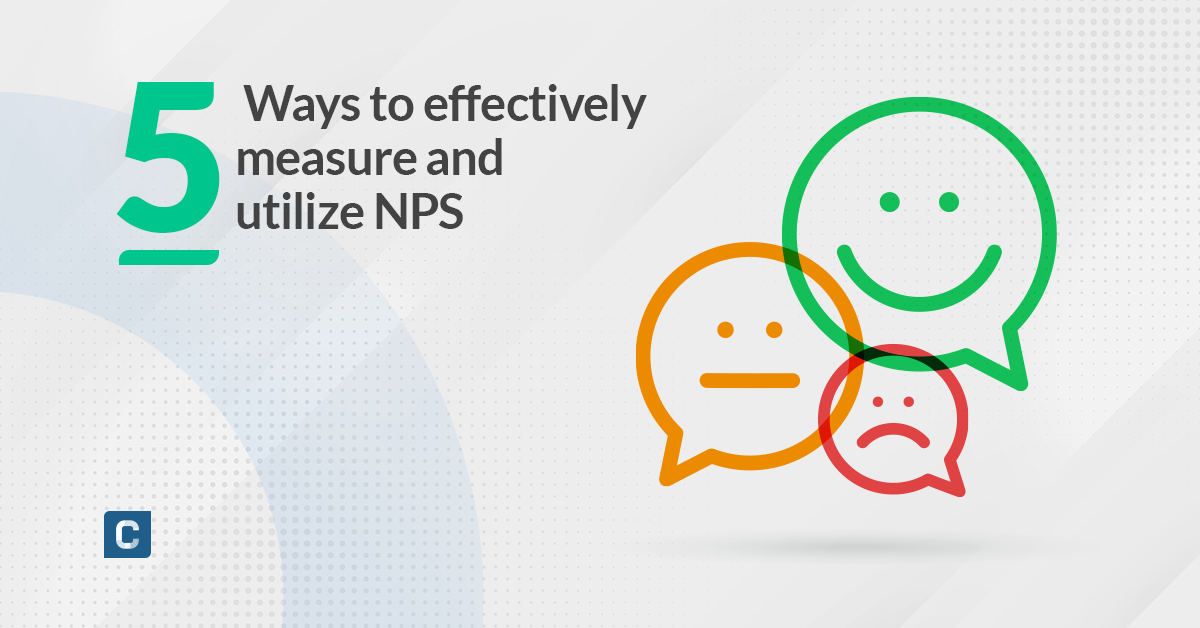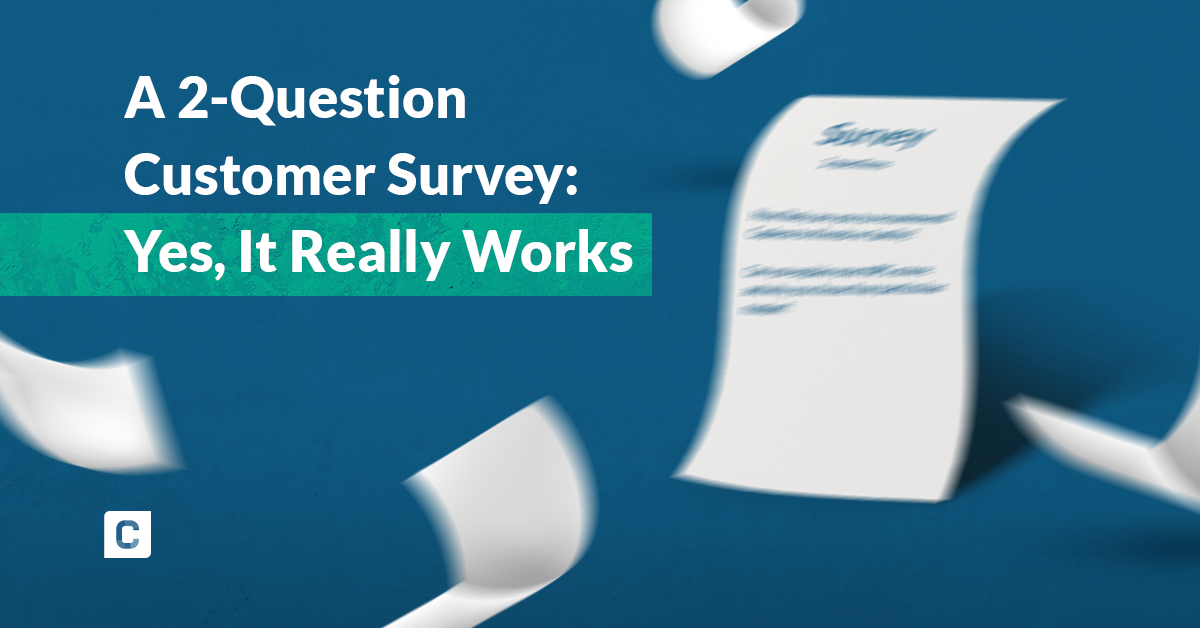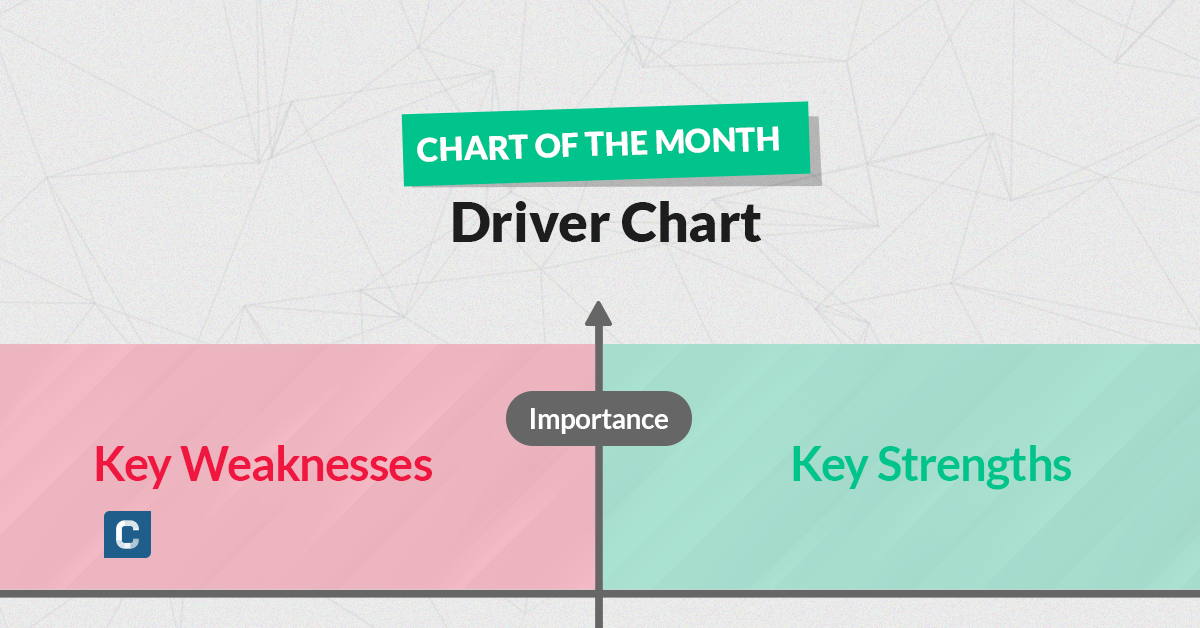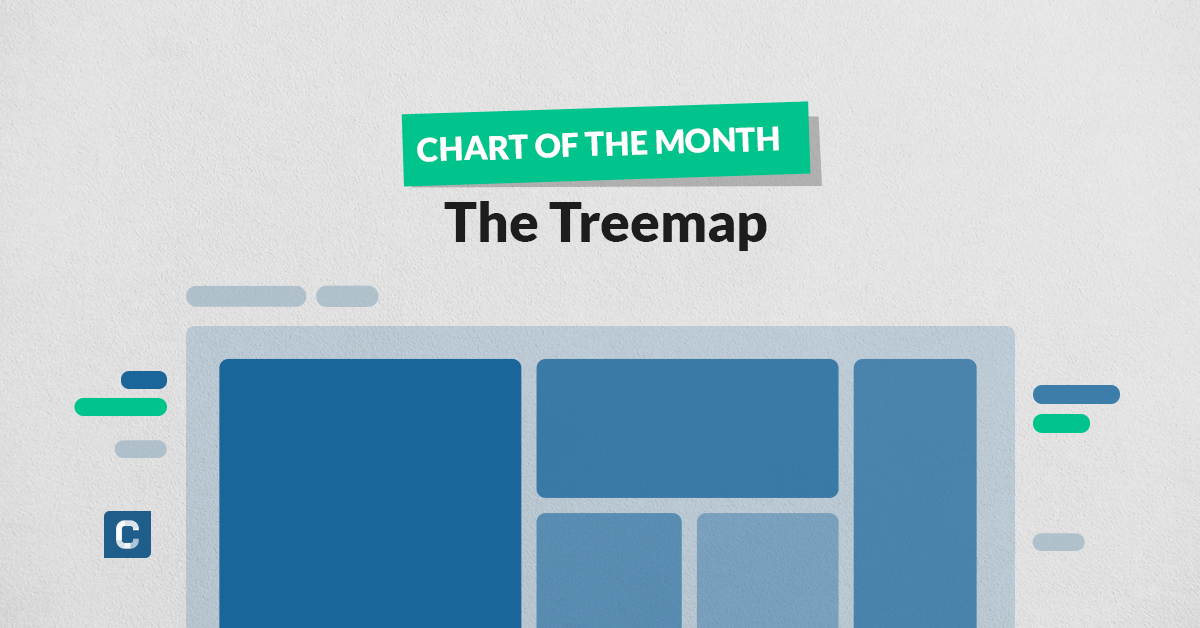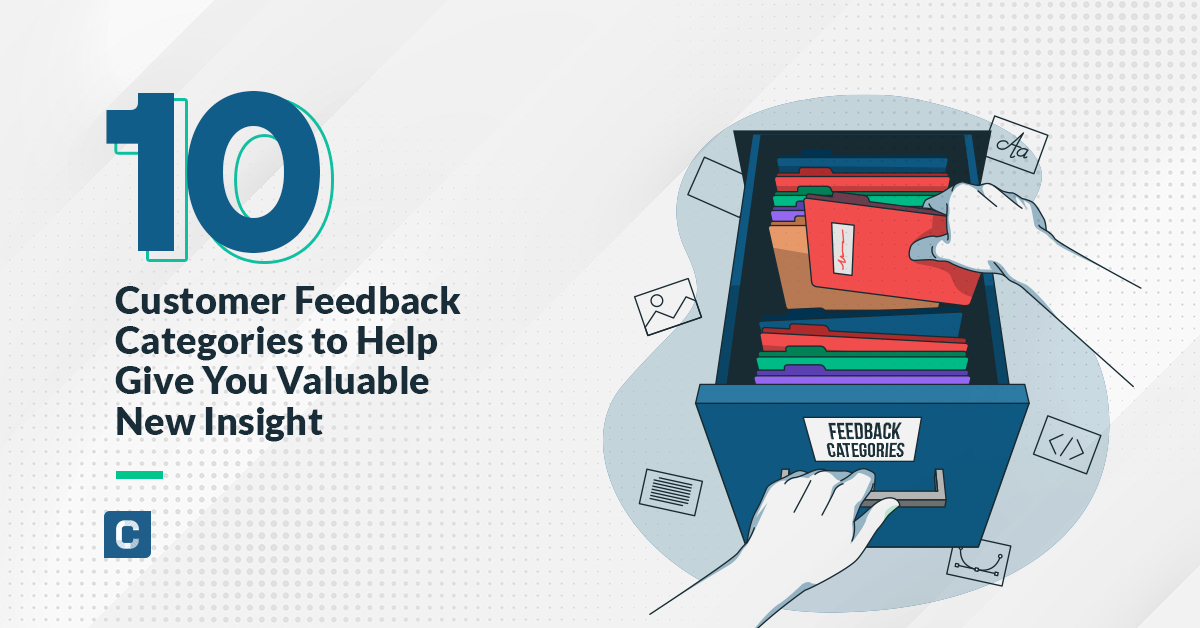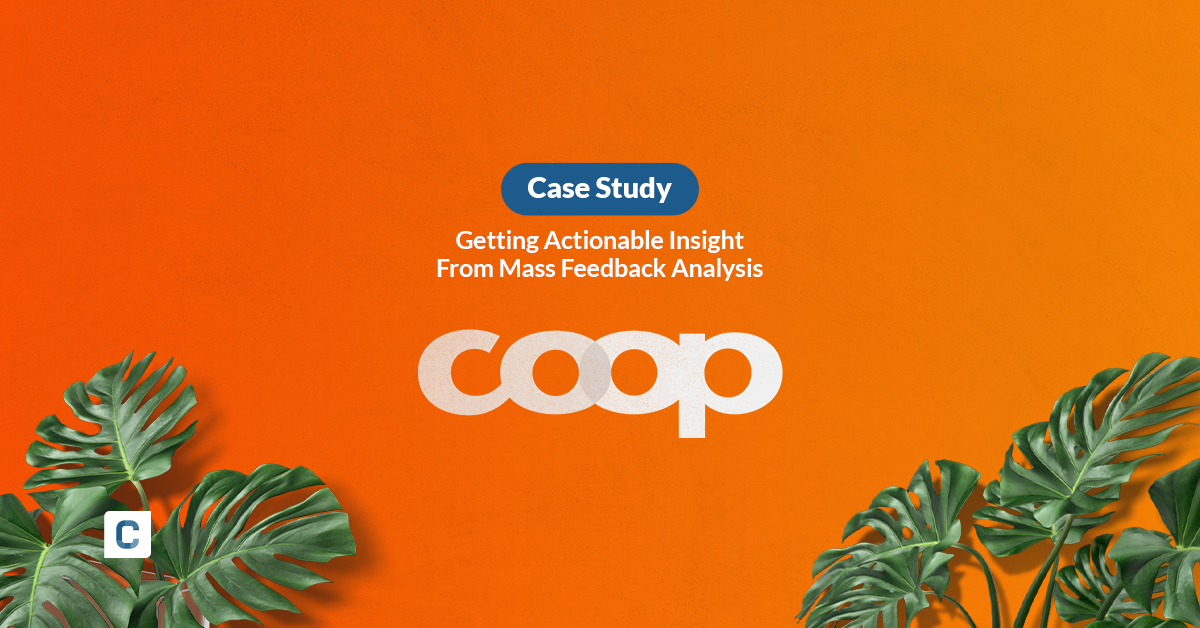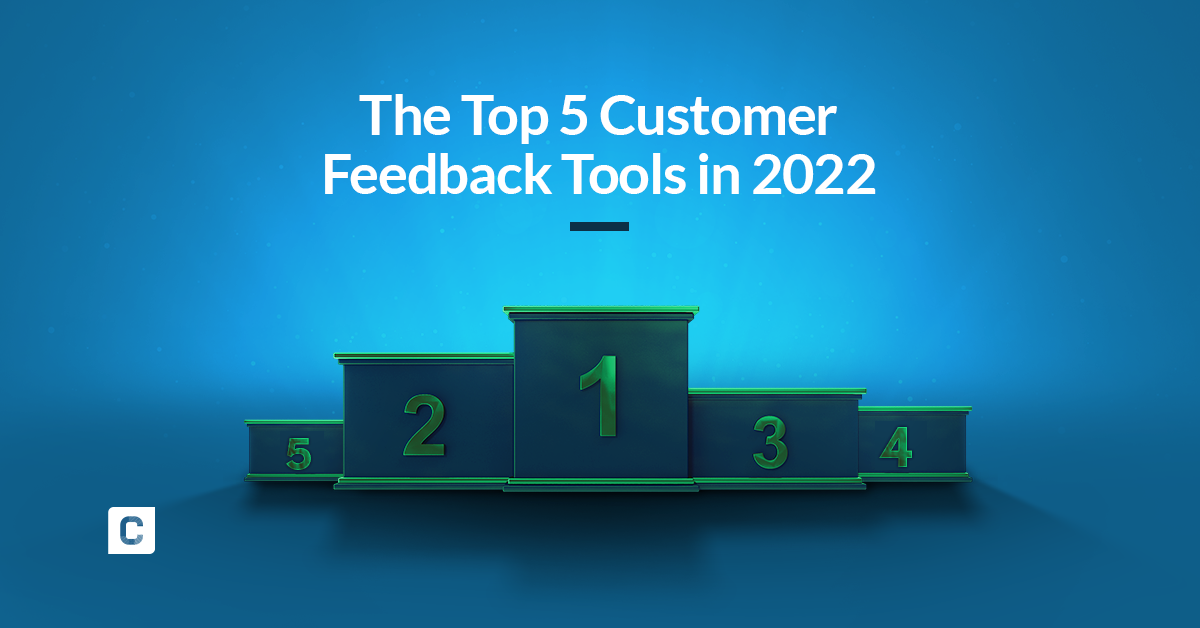Using Customer Feedback Tools to Close the Loop

Sheila Bugal
on October 10, 2019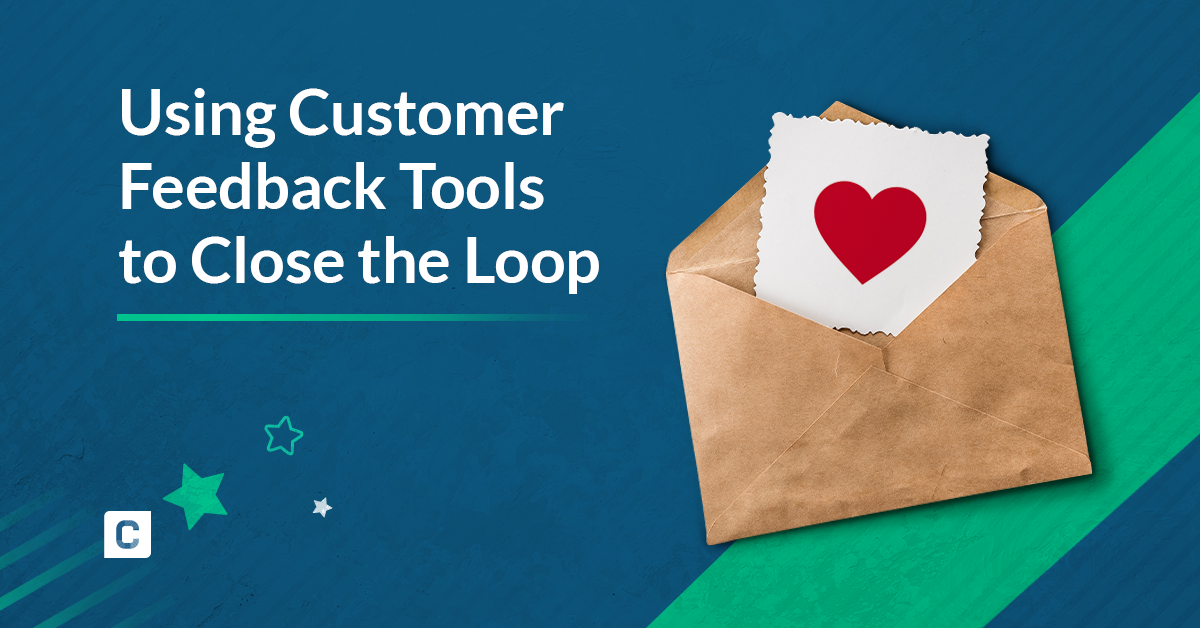
Customer feedback is an invaluable resource to your business. By gathering and assessing the sentiment of your customers with an NPS survey, you’ll learn what they’re actually thinking…what your strengths are…and where you’re falling short. But collecting and evaluating feedback is only half the battle. Following up on customer feedback is essential to actually converting customers into brand advocates. In other words, it’s how you close the loop on your NPS process.
Your Customer Feedback is Actionable
Your customer feedback is not just potential material for glowing testimonials to place on your website. It’s actionable advice to make your business better…generating a higher NPS and a higher number of promoters. In order to effectively follow up on feedback, you may want to group your survey results according to these NPS categories: Promoters (9 or 10); Passives (7 or 8); and Detractors (6 or below).
Customer Feedback from Your Promoters (9 or 10)
It’s always encouraging to read feedback from promoters. Your promoters are living proof that your product or service has achieved its aim: To make someone’s life a little better, whether that’s with your natural health supplement, life-coaching business, or accounting application.
Once you’ve finished enthusiastically sharing positive feedback with your coworkers, stakeholders, and friends/family members, start the process of assessment and evaluation.
This involves sifting through potentially thousands of surveys to identify common keywords, organizing feedback based on positive and negative responses, and then identifying themes that provide insight. For example, you may see that many of your promoters commented positively on your pricing. Gaining this insight lets you know that your pricing is a strong point, and you may want to think twice before changing it. A lower price point may generate a higher retention rate–and ultimately, produce more profits.
Customer Feedback from Your Passives (7 or 8)
Although your passives’ ratings did not ultimately factor into your NPS, you may still want to consider their feedback as actionable advice. Did any passives offer concrete opinions or strategies on how you might improve your product, service, or customer experience? How did they rate specific aspects of your business? Looking at where you fell short of (or barely met) their expectations can help you understand why some customers are content–but not thrilled–with your business.
Customer Feedback from Detractors (6 or below)
Now for the bad news: Feedback from your detractors. Take a look at what your less-than-satisfied customers have to say about your product or service, and filter out common themes. While there may always be the odd irrational customer, many of your detractors may share feedback with you that helps you highlight and hone in on your weaknesses and blind spots. For example, you might identify a common trend of dissatisfaction with your online customer support. Considering that this trend has potentially turned a portion of your customer base into detractors, you’ll want to take immediate action to improve your support.
Follow Up with Survey Takers
Following up on your survey feedback isn’t limited to acting on the advice you’ve been given. You’ll also want to follow up specifically with the survey takers themselves, including all three subsets: promoters, passives, and detractors.
Say “Thank you.”
When customers take the time to fill out a survey–and provide open-ended feedback–you’ll want to make the effort to thank them. Include a “Thank you” page or email to follow up immediately on the survey. You may even want to include a special promo code as a gesture of gratitude.
Follow up with promoters and passives.
Beyond a generic “thank you” page, you may want to go the extra mile and personally follow up with a subset of satisfied survey takers. Make a phone call, mail a handwritten note, or send a personal email to respond to their specific feedback. For example, if a survey taker was pleasantly surprised by the personal care shown to her during a support phone call, make a follow-up phone call to continue ensuring that she’s satisfied with your product or service. Following up with promoters will help you to make sure that they are thrilled with your brand (and willing to talk about it with others).
Follow up with detractors.
Ideally, you’ll want to follow up with detractors via phone call, to communicate your concern with their dissatisfaction and investment in making things right. Even large companies like Charles Schwab and Apple make an effort to contact every detractor–ideally within 24 hours of the NPS survey. Demonstrating this kind of willingness to make things right could even turn a detractor into a promoter.
Ask customers to share with friends and family.
Ask survey takers who showed particular enthusiasm for your brand to share the good news with friends and family. You can make this easy by providing social media links, or even offering a promo code or bonus for every referral they make. The whole point of NPS is to boost customer advocacy, right? Take this opportunity to encourage promoters to become your marketing mouthpieces. If your product or service has significantly improved their lives, they’ll be happy to make recommendations to others.
Personal follow-up could become a key for you to raise your NPS and convert more customers into promoters. Even though you may not be able to do this with a huge portion of your customers, the excellence and commitment that it demonstrates could convert into a better reputation (and generate positive online reviews and word-of-mouth marketing).
Reporting NPS + Customer Feedback to Stakeholders
Following up on your feedback involves your stakeholders as well as your customer base. Different departments within your business, as well as investors and partners with your company, will want to know concrete details about how your customers are responding to your product or service.
Track changes in your NPS over time.
Take a look at how your open-ended feedback and NPS have changed over time. Ideally, you’ll have seen increased customer satisfaction and more enthusiastic feedback. Create a report with this information to show invested stakeholders how your product or service has improved in customer satisfaction and loyalty–and how their investment is paying off.
Report specifics to different departments within your business.
If you’ve identified common themes in your open-ended feedback that concern specific departments (such as design, marketing, or tech support), you’ll want to find a way to deliver this information in an actionable way to responsible stakeholders. Ideally, NPS feedback should help your team members honestly assess performance within their respective departments, and make changes if necessary.
Tackling the Challenge of Evaluating Open-Ended Customer Feedback
In order to properly close the loop on your NPS process, you’ll need to be able to organize, filter, and assess open-ended feedback produced from your follow-up question (i.e. Please explain your answer, or What could we be doing better?). However, organizing and evaluating open-ended feedback can be a massive challenge, especially on a larger scale. Using an AI-powered tool like Caplena can eliminate hours of labor from this task. By applying natural language processing (NLP) to the survey results, such as text poll and SMS surveys, to efficiently sort and identify keywords, Caplena makes it easy to assess feedback from promoters, detractors, and passives…and make better decisions about the critical step of NPS follow-up.
Related blog posts
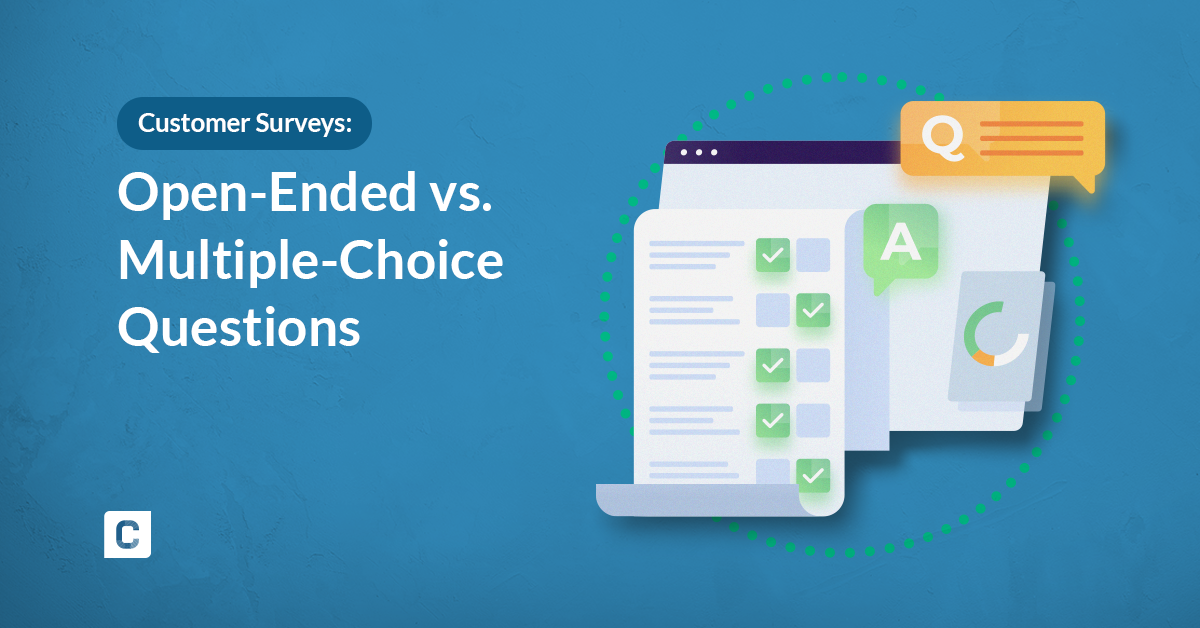
Customer Surveys: Open-Ended vs. Multiple-Choice Questions
How do you decide on what kind of survey to use? We’re eliminating some of the guesswork for you by giving you foundational advice to creating an effective customer survey, and a good old-fashioned comparison between open-ended vs. multiple-choice.
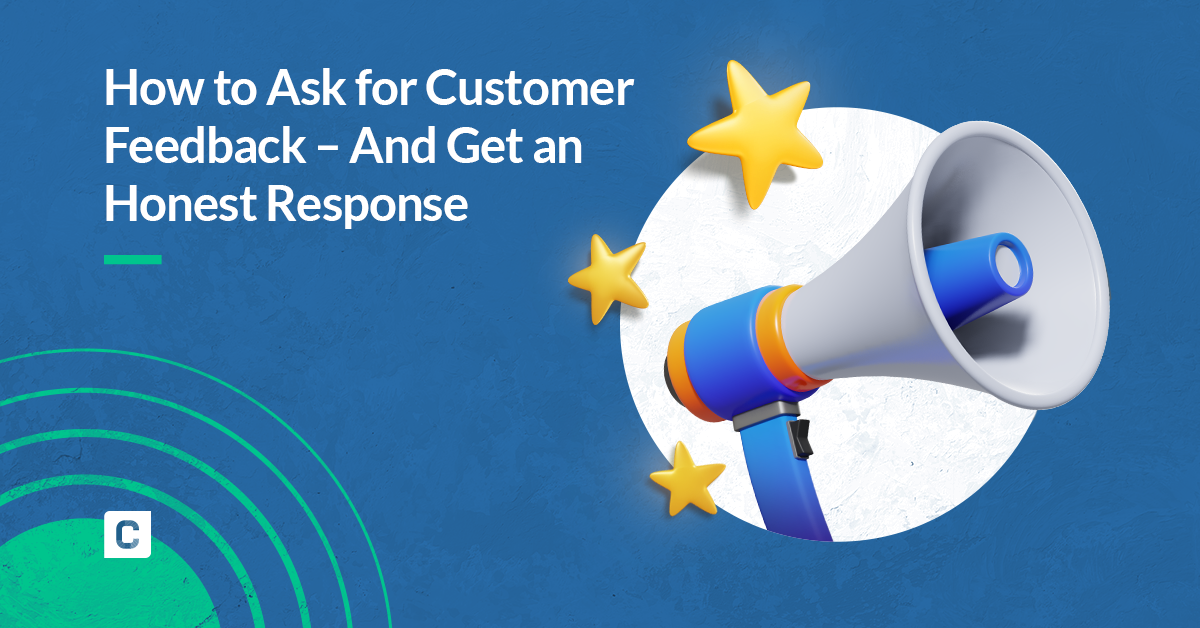
How to Ask for Customer Feedback – And Get an Honest Response
Customer feedback is about more than knowing whether your customers give your product three stars or five stars (although that is a valuable insight). It’s also about gathering the information that can help you make critical decisions and improvements….

